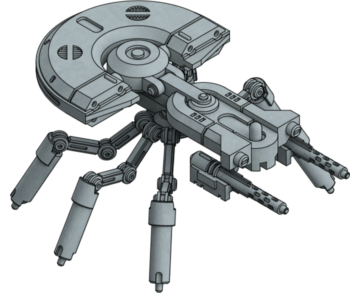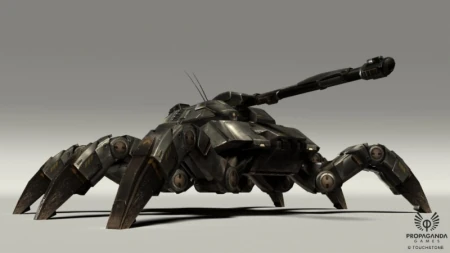


He examines such factors as the year of the weapon’s creation, the velocity of the projectile it fires, the mass of the projectile and of the weapon itself, how fast the weapon moves, the rate of fire, crew size, and so on. Kott’s formula does something similar, but with military projectiles rather than computer chips. Since 1965, it’s been remarkably consistent, allowing hedge fund managers, designers, and entrepreneurs to plan for the future based on the likely availability of computational power at a particular price point. The most famous example is Moore’s Law, which forecasts the size and power of computers as a function of the amount of time it takes to double the number of transistors on a chip (roughly 18 months) and the attendant effect on price. Technological forecasting has been around for decades. Army scientist, the paper does not represent official doctrine.) Related: Army Goggles Will Feature Facial Recognition Tech ‘Very Soon’ Related: The US Military Is Chopping Up Its Iron Man Suit For Parts Related: The US Military Must Lighten Warfighters’ Loads Kott’s work looks back at centuries of weapons development, starting with crossbows and proceeding through muskets and tanks, in order to come up with a model to predict future developments in weaponry. “Building a model of technology evolution based on performance attributes rather than on design attributes allows us to seek regularities across multiple technology families, increase the temporal span of the investigation, and offer superior capability for longer-term forecasting,” Kott writes in a paper that will appear in the Journal of Defense Modeling and Simulation. To build the formula, Army Research Laboratory scientist Alexander Kott carefully scrutinized the performance attributes of weapons across the years, starting with crossbows and proceeding through muskets and tanks. In 2050, exoskeleton-equipped soldiers could carry the sorts of heavy machine guns that are today mounted on vehicles, while tanks could be armed with howitzer-class cannons, according to a mathematical formula derived from seven centuries of weapons development.


 0 kommentar(er)
0 kommentar(er)
